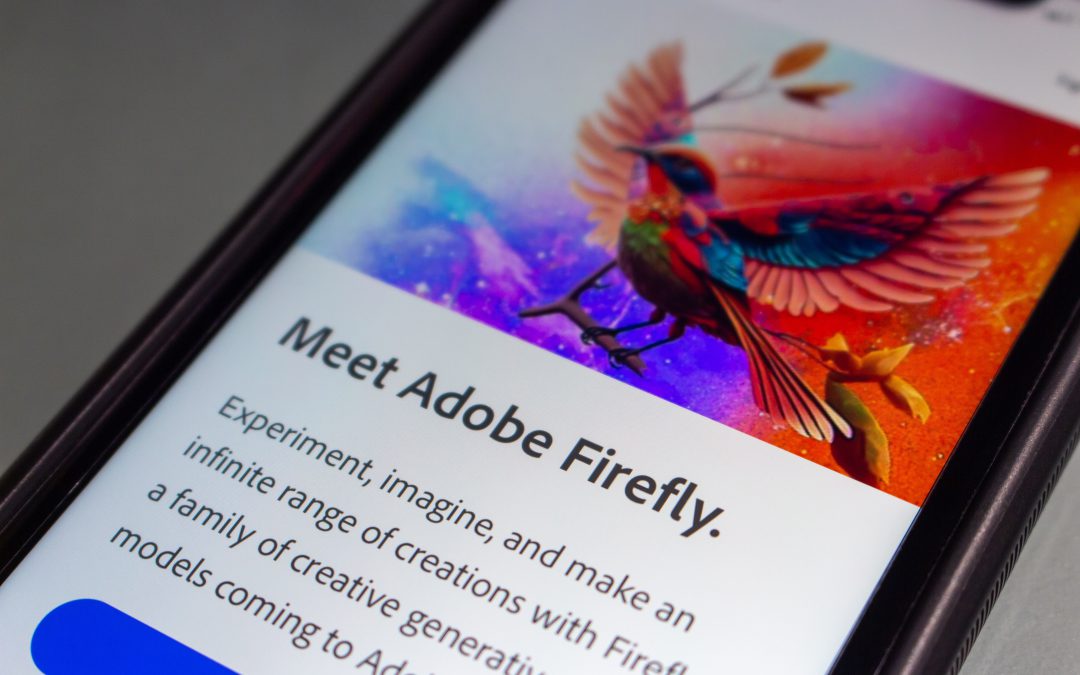By Arun Kumar Bharadwaj
Associate Dean
Product Design, Pearl Academy
Our world today is more connected than ever. Human civilization is clearly global, which brings not only Geographical Interdependence, but also geographical independence. It is a remarkable change which transcends our recent past in magnitudes unimaginable. However, change also brings about new challenges to test us, as we must introspect and constantly adapt to its effects. Some caution must be exercised towards the impacts of technological innovations on human health and mind. While the formats and categories of engagement with the Digital world are evolving, they also demand responsibility and discipline from users, as it becomes increasingly transitory, distractive, and accessible despite one’s ability/inability or maturity to handle it.
Whether we embrace or dismiss it, change is an inevitable phenomenon, with its roots in our desire to innovate and improve the ways in which we negotiate our way through a challenging world. If we look back just a few decades, we can recall some incredible claims about a better future in the fields of Science & Technology, Business and Education. Bill Gates talked about how the innovations in technology strive to fit it into our daily lives in a manner that it becomes unnoticeable, natural, and seamless. Alan Watts in The Wisdom of Insecurity states “The only way to make sense out of change is to plunge into it, move with it, and join the dance.” He suggests that change is inevitable and that it can be an exciting and rewarding experience if we approach it with an open mind and a willingness to adapt.
The advances made in the field of technology also influence our roles and duties towards work and productivity. As humans, we have a history of allocating roles and responsibilities to various sectors based on the talents and specializations of humans who assign themselves to their productive aspirations. In a fast-changing world of today, roles & responsibilities are undergoing change, accelerating at rates never seen before in Human History.
The World of Design also gets influenced and benefits from the fruits of change. Each time a new tool is discovered or Invented (a new tool, a new method or a new reason) the world of design echoes with desires, excitement, aspirations and determination to enhance skills and reach new levels of creative expression.
However, the recent advancements in Artificial Intelligence (AI) and Machine Learning (ML) are also posing a new set of challenges to the Designer Community who are perceiving it at as a challenge to their conventional modes of thinking, and a harbinger of obsolescence. It reinforces a sense of powerlessness in front of the Technological Juggernaut.
Designers from all walks of creative expertise have begun to wonder about their own future and relevance, in the light of these accelerated changes. The advent of Large Language Models (such as GPT4), prompt-based image generators (Dall-E and Midjourney, etc) and AI platforms to perform tasks hitherto relying on a Designer (Logos, Book Covers, User-interface, to name a few) poses a significant challenge to the purpose and methodology of the entire design discipline. The deployment and integration of artificial intelligence has triggered a range of reactions among humans, from despondence and fear at one end of the spectrum to excitement and wonder at the other end, as people grapple with the implications and potential of this transformative technology. While such emotions can be polarizing and paralyzing to many, it must be reconciled as an opportunity to strategize, unlearn/re-learn and embark on a journey into the unknown with a positive outlook towards the future.
While it is important to address valid concerns surrounding artificial intelligence, it is equally imperative for designers to embrace and harness the extraordinary opportunities presented by this technological revolution. While AI would certainly democratize several skills that few could claim to be “specialized”, to think it would replace human creativity would be myopic.
The AI may come close to or simulate the human abilities but it cannot match-up to the complexity of a human mind and its ability to create and interact.
The role of designers will continue to be essential in the future, as they bring unique qualities and skills to the industry. The most fundamental and critical skills needed by designers include creativity, problem-solving, critical thinking, communication, and adaptability. Designers have the ability to turn an idea into a tangible product or experience that can meet the needs of consumers. They can create aesthetically pleasing designs, develop new concepts, solve problems, and develop strategies for businesses, and tailor user experiences for specific target demographics.
Designers can be categorized by the type of industry they work in, such as products, fashion, games, cinema, etc. and further classified by the role they play, which may involve the creation of aesthetic items, the creation of new concepts, problem-solving and strategy, or tailoring specific user experiences. The classification of roles allows us to determine which roles require more of a talent for creating difficult art and which roles require intellectual problem-solving. This classification may also affect institutions’ pedagogies for design training.
AI and generative technology can do a lot of the heavy lifting that designers previously had to spend several hours doing with careful attention to detail. This technology can assist designers in creating, rationalizing, and validating concepts. The emphasis on understanding concepts of usability, ergonomics, and inclusive design will be needed to enable designers to use AI-based tools.
As automation becomes more prevalent, the roles of engineers and designers will likely shift. The number of designers needed may increase or decrease, depending on the nature of the work, but overall, it will be far easier to make products like interfaces, films, games, educational content, etc., causing more designers to be needed than ever before.
AI Technology, as with other technologies, will continue to be a “Tool & Enabler”. It would take away the “drudgery” of many tasks currently performed by Designers spending long hours and free the human mind to focus on greater creative pursuits.
The Designers of the (near) future would continue to work with and Design for Augmented and Virtual Reality, User experience and Interface (UX/UI). These user experiences would be in both physical world and the world of augmented or altered reality.
Impact on Design Education
The time has come for Design Institutions to adapt to the changing landscape of technology and explore new ways of learning design like never before. With the rapid advancements in artificial intelligence and other technological innovations, traditional methods of teaching and learning are becoming obsolete. This is a critical time for design universities to focus on developing new strategies that incorporate AI and other emerging technologies in the classroom.
Although in its nascency, the trend of creating AI augmented pipelines for projects has already begun. Already, the current set of AI powered tools provide a diverse arsenal of skills and capabilities. Possibly, the most important area of focus should be on equipping students with the skills needed to work effectively with AI and other emerging technologies. This could involve developing new curriculums that emphasize the use of AI in design projects, as well as providing opportunities for students to experiment with AI tools and technologies in a supportive learning environment. For example, design students could use AI-powered software to create more efficient and effective design solutions, such as generative design tools that use algorithms to generate multiple design options based on specific parameters.
Another area of focus could be on creating new interdisciplinary programs that bring together students from different disciplines, such as computer science and design, to collaborate on projects that integrate AI and other emerging technologies. By working together, students can gain a better understanding of how technology can be applied to design challenges and develop the skills needed to create innovative solutions.
By equipping students with the skills they need to work with AI and other emerging technologies, creating interdisciplinary programs that promote collaboration and innovation, and partnering with industry leaders and technology companies, design universities can prepare their students for the challenges and opportunities of the future.
In conclusion, although technology has disrupted the traditional role of designers, they will continue to be relevant in the future, as they bring unique qualities and skills that AI and generative technology cannot match. Designers will need to adapt to the changes in technology and learn new skills to remain relevant. The future of design is bright, and there is hope that the integration of technology and creativity will lead to new possibilities and advancements in various industries.
Co-authored by:
Arun Bhardwaj : Associate Dean, Deptt of Design
Siddhant : Assistant Professor, Deptt of Design












